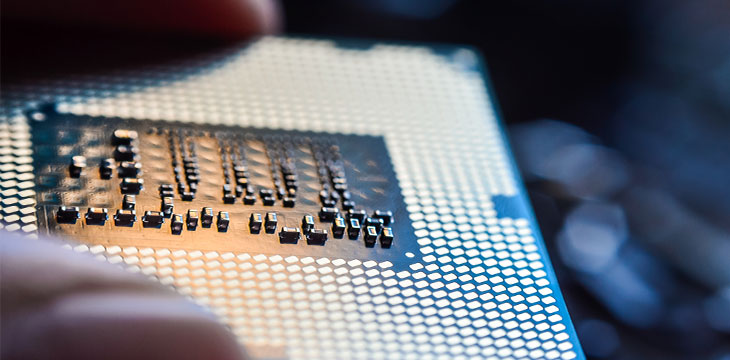|
Getting your Trinity Audio player ready...
|
Bitmain’s S9 and S7 chips have helped the company become the largest cryptocurrency mining operation the world. It has become so successful, in fact, that it plans on launching an initial public offering (IPO) in September with a value as high as $30 billion. However, it now would appear that the company’s success is not based on its own hard work. An ongoing patent dispute pits the mining giant against another mining company, Zhenzhen BitWei Technology, the company behind the Pandolin Miner.
According to a Medium post, which translated an article written by Caijing journalist Ji Qian, Dr. Yang, a graduate of the Department of Engineering Physics at Tsinghua University in China and chairman of Zhenzhen, might be the man behind the chips. Bitmain sued Zhenzhen for patent infringement; however, China’s Patent Reexamination Board (PRB) of the country’s State Intellectual Property Office has ruled that the Bitmain patent is invalid.
The story begins when Yang developed a version of the BE300 chip while working for a company called, according to the English translation of its name, “Fried Cat.” The company’s founder, Jiang Xinyu, disappeared before the chip could be released and Yang gave up the technological secrets to Micree Zhan of Bitmain.
Yang explained, “In the bear market in early 2015, many people left the industry, but before leaving the industry, I was a bit unwilling. I think my full-customization methodology is especially suitable for bitcoin chips. I told Micree how to apply manual custom design methodology. After my introduction, Micree hoped that I could stay, and join Bitmain. Eventually I used the full-custom design method to help Bitmain design the S7 miner (1385 chip) and the S9 miner (1387 chip)…”
Yang tried to negotiate compensation with Bitmain, but his attempts were unsuccessful and two years ago the two broke off the negotiations. Yang set off to design new chips, while Bitmain continued using his technology.
Bitmain has tried to design other chips, but they all were failures. The only two that have proven viable are the S9 and S7 chips, lending credence to the assertion that Yang’s technology was not created by Bitmain.
In handing down its decision, the PRB stated, “If a technical solution of a claim has a distinguishing technical feature from the prior art, but the distinguishing technical feature belongs to common knowledge in the art, it is obvious that the common general knowledge is incorporated into the prior art, and the claim is the technical solution is not creative.”
Given the recent news that Bitmain’s financial announcements may have been falsified, it’s time to seriously consider the legitimacy of the company and whether or not future support is warranted.

 12-30-2025
12-30-2025 




